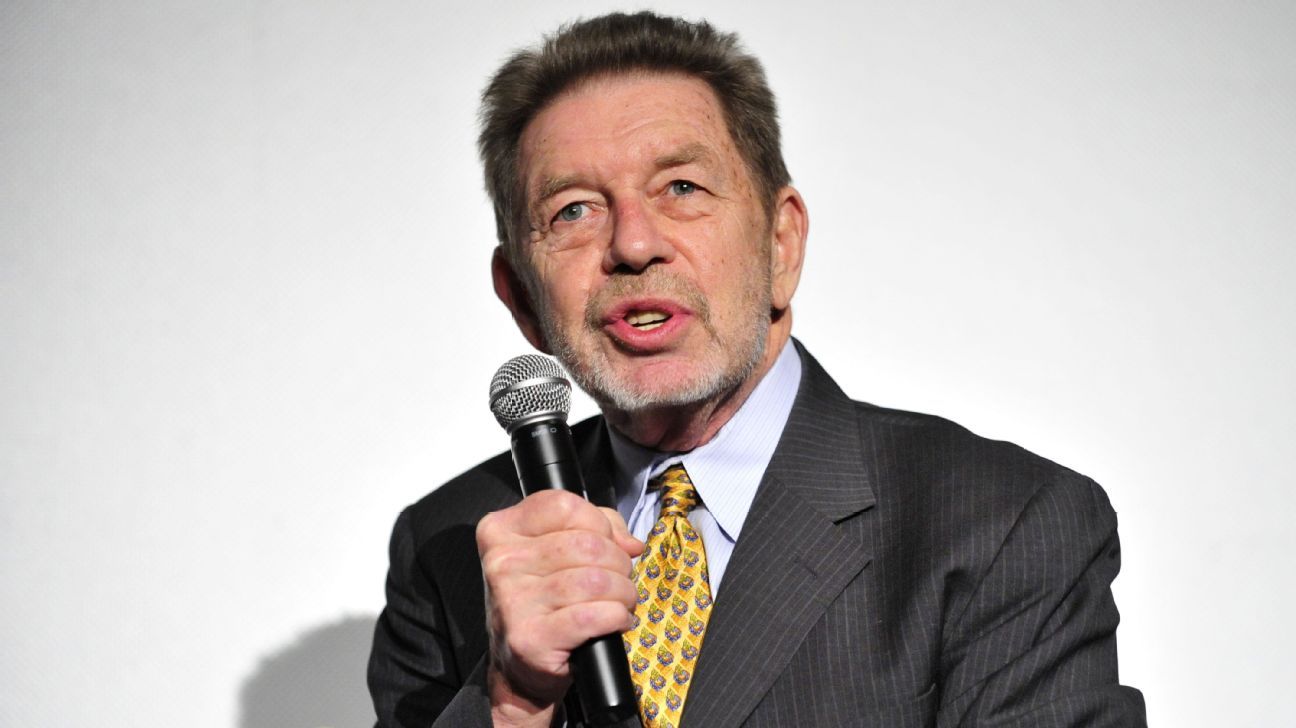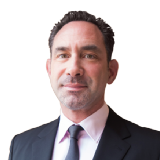Editor’s note: Pete Hamill, legendary newspaperman, journalist and novelist, died on Wednesday, Aug. 5, at the age of 85.
In the spring of 1991, as a favor to the then-Metropolitan editor of the New York Post, I got a call from Pete Hamill. I was 28, full of a none-too-subtle ambition, and just starting as a sports columnist for the Post. While I had a certain facility for writing about New York basketball, my main qualifications for the job included drinking with the right people (the aforementioned editor, included) and the perilous financial standing of the city’s tabloid newspapers. The News, where I had worked as a general assignment reporter, had been locked for months in a violent strike, while The Post had just bought a good chunk of its sports staff.
Having never covered so much as a game, I was clearly unqualified for the job, a point made quite clearly during my inaugural trip to the Shea Stadium press box, where I was dutifully ignored.
Still, I had Pete Hamill on the line. I knew him just well enough to draw his nod at a crime scene — a building collapse comes to mind. I wasn’t alone in idolizing Hamill, of course. He was an essentially romantic figure. The idea that a newspaper man had dated Jackie Kennedy didn’t hurt, of course.
At the core, however, was a distinctly New York sense of virtue, sentiments that seemed tethered to an older, simpler and better city (I doubt it really was, but no one could make you long for the righteous, mythical New York like Pete) whose apostles included the Robinsons — Jackie and Ray — and Bobby Kennedy. He especially loved fighters (former light heavyweight champ Jose Torres first among them) and fight gyms, starting with Cus D’Amato’s Gramercy Gym (“Gramacy” as it was misspelled at the entrance).
In fact, the piece of his with which I was most familiar was “Up the Stairs with Cus D’Amato.” It appeared in an anthology called Reading the Fights, edited by Joyce Carol Oates and Daniel Halpern and featuring not just Hamill but Norman Mailer on Muhammad Ali and Hugh McIlvanney on the death of a Welsh fighter, Johnny Owen, a piece titled “Onward Virgin Soldier.”
Looking back, the collection spoke to me. It helped shape the nature of my ambition. But mostly, it was Pete.
“The sentences should be like steel,” he told me that night.
“The seasons are collections of stories. At the end of each one, you should have enough for a novel.”
We spoke for an hour, or maybe two.
The next day, as per his recommendation, I went to the Strand and found a paperback collection of Jimmy Cannon’s columns, Frank Graham’s “A Farewell to Heroes,” Red Smith’s “To Absent Friends” and W.C. Heinz’s boxing novel, “The Professional.”
I’d like to say these examples helped. They did not, at least not in the short run.
In the early morning of Oct. 25, exactly a year after the News went on strike, I got a call in the middle of the night at the Peachtree Marriott in Atlanta, where I was covering the World Series. The Metropolitan editor of the Post, John Cotter, had dropped dead of a heart attack. I flew back to New York, stopped at Maguire’s Café on Second Avenue, drank quickly and heavily, then took a cab to the Post on South Street. I found my way to Pete’s office. He came out from behind his desk, embraced me, and I began to weep in a way I have never wept in anyone’s arms but my mother’s.
In the spring of the following year, with John Gotti on trial in Brooklyn federal court, I wrote a column about the guy who was ratting him out, Sammy Gravano, and a boxing trainer, Cus D’Amato’s former protégé, Teddy Atlas.
“That’s your novel,” said Pete’s brother, Denis.
I asked Pete. “That’s your novel,” he agreed.
Some months later, I gave him the first 75 pages.
He pencil-edited it, line by line, each one worse than the previous one. Still, he got through it all and refrained from telling me the truth, as I think he knew that the truth would crush me. Instead, he told me that a character isn’t what he or she is thinking. It certainly isn’t what the writer is thinking, either. The character is what the character does, he said. Character is action.
I started again. By now, Pete was editor of the Post, embroiled in a crusade to save the now-bankrupt newspaper (I’m referring to fiduciary insolvency, not spiritual) from an evil, vulgarian, parking lot magnate named Abe Hirschfeld. Hamill won. Then he lost his job, declining Rupert Murdoch’s eventual offer for him to return as a columnist.
In short order, the Post went on strike. Pete and his wife, the writer Fukiko Aoki, went to Cuernavaca, Mexico, and finding myself unemployed, I went to Wallkill, New York, where they owned a house.
“It will be good for you,” Pete said. “You can work on the book there.”
In fact, there wasn’t much you could do there but work on a book. I typed. I smoked. I pored through Pete’s library, and pondered the works in progress he left behind. They were oil paintings still in their easels, brightly-colored portraits of masked luchadores. In the late mornings and afternoons, I’d break to hit line drives and fly balls enthusiastically retrieved by a black Labrador.
“A noble creature,” said Pete, who had named him Gabo. Only Pete would have named a dog for Gabriel Garcia Marquez, whom he considered, among other things, a fellow newspaperman.
I kept typing — after a couple days, Gabo would nestle at my feet — and within a few weeks something like a book began to take shape.
After returning from Cuernavaca, Pete started a short-story reading group. “Detention with Father Pete,” the late columnist, Mike McAlary, called it.
We were all reporters, columnists, apprentice columnists, and some very accomplished novelists. The syllabus was not what I anticipated, though, beginning with Isabel Allende and concluding, as I recall, with Katherine Anne Porter.
A few of us were secretly disappointed that he never spoke of the old days. In fact, I never heard him speak of a woman other than his wife. And he spoke of her only with awe.
Later, I’d have feuds with his friends. I’d have my little tantrums — in prose and in the newsroom. I spent a good part of the ’90s covering Cus D’Amato’s final protégé, Mike Tyson, effectively trying to demolish the mythology that had been so precious to Pete.
He saw through all my young-man preenings, my fakery — and never held it against me.
Only once. I was heartbroken and whining about something, probably the infinite injustice of having to write an early column, when he threw down a stack of papers and told me to shut up: “Stop. F—ing. Complaining.”
My novel came out in ’95. Looking back, I take solace in what a friend from our short-story group said: “Some of us got to write the bad ones.”
I wince when I look at those pages. But it’s nothing compared to the shame I’d have felt if I never wrote it at all. And I’d have never written it if not for Pete. I’d have never written a lot of stuff if not for Pete.
I worked for him again when he edited the Daily News. He got fired, of course, for serializing Norman Mailer’s imagined Gospel according to Christ himself and, worse still, not giving Princess Diana the coverage she apparently deserved.
So what?
I saw him fracture only once. It was at the Chelsea Hotel. Gabo was dying, and we were trying to get him up the stairs.
“Noble creature,” he said.
Noble man.
Not for what you thought, for what you did.
Thank you.

